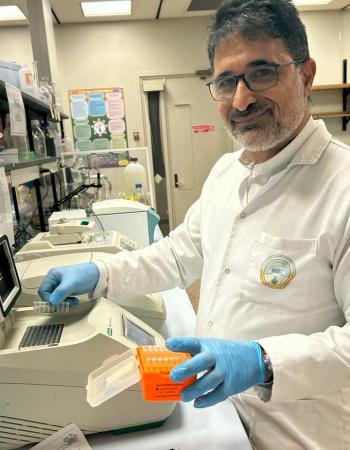Morphological Redescription and Phylogenetical Position of Ceratomyxa truncata Thelohan (1895) and Coccomyxa morovi Léger and Hesse, 1907 (Myxozoa: Myxosporea) Infecting the Gall Bladder of Sardina pilchardus (Walbaum) from Tunisian Coast
Abstract
Purpose
Two myxosporean species have been, so far, independently reported from the gallbladder of the European pilchard, Sardina pilchardus (Walbaum) (synonym Clupea pilchardus) in the Northern shore of the Mediterranean Sea; Ceratomyxa truncata Thélohan, and Coccomyxa morovi Léger and Hesse, 1907. The two species were described with incomplete morphological data and based only on line drawings of their mature myxospores.
Methods
During a parasitological survey in the Southern shores of the Mediterranean coast in the gulf of Gabès off Tunisia, two coelozoic myxosporean species were found in the European pilchard and described using morphological and molecular phylogenetic tools. Morphological characterization was based on the mature myxospore study and some vegetative stages. The SSU rDNA sequences were performed for molecular and phylogenetic study.
Results
The most frequently encountered species belongs to the genus Ceratomyxa Thelohan, 1892. The second species belongs to the genus Coccomyxa. Morphological examinations, allowed us to match these two recorded species with Ceratomyxa truncata and Coccomyxa morovi, respectively, as previously described in the same host species referring to the original manuscripts instead of some morphological differences. Molecular analyses based on the partial SSU rDNA sequences did not much with any of the previously reported myxozoan sequences. Phylogenetic analysis positioned C. truncate in a well-supported clade including Ceratomyxa ssp. from Mediterranean Sea, while C. morovi was positioned on the basis of the subclade grouping all Coccomyxidae species.
Conclusion
We provided herein a first morphological redescription of Ceratomyxa truncata and Coccomyxa morovi parasite of Sardina pilchardus from the Southern shores of the Mediterranean Sea and we successfully obtained the SSU rDNA sequences of these two species and positioned them in the phylogenetic tree.

Abstract
Purpose

Abstract
Purpose

Abstract

